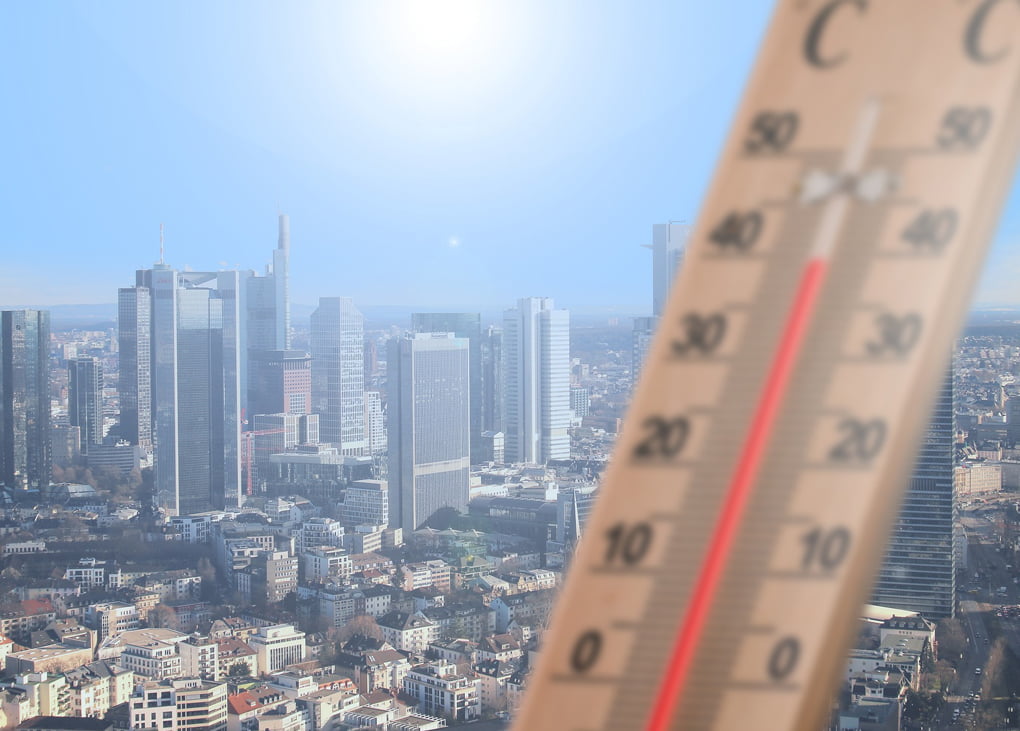A new study by researchers at the Ohio State University has uncovered how to measure the effects shade can have on temperatures in urban environments.
Urban areas are often affected by the “urban heat island effect”, where surfaces such as buildings and carparks can absorb and reflect heat – which in turn increases the overall temperature in the environment.
The study replicated a section of Columbus that included more than 25,000 buildings in a 3D digital model, to determine the effect shade had on temperatures for one hour on a summer day. It is titled Impacts of tree and building shades on the urban heat island: Combining remote sensing, 3D digital city and spatial regression approaches.
Co-author of the study and professor emeritus of city and regional planning at the university, Jean-Michel Guldmann, believes the information can be used to formulate guidelines for community greening and tree planting efforts.
Guldmann conducted the study with assistant professor of city and regional planning at Chung-Ang University, Yujin Park; and professor of geography at Ohio State, Desheng Liu.
The area that was replicated in the study was selected because it had a range of land uses, including houses, apartment blocks, commercial buildings, parks and industrial areas.
The 3D model was created using 2D land cover maps of Columbus, combined with LiDAR technology from an aeroplane (LiDAR technology uses laser sensors to detect objects). This was also compared with data from a NASA satellite that measures land surface temperatures.
The study monitored temperatures for a one-hour period on September 14, 2015. The research team then created a statistical analysis to determine how the different types of shade affected surface temperatures.
The buildings certainly created more heat in the area, but a surprising result was that the shade those same buildings threw also cooled temperatures in adjacent areas.
A major finding from the study was that increasing shade on rooftops, roads and parking lots could significantly lower temperatures.
Green spaces, trees and bodies of water also helped to reduce temperatures. In particular, mature trees had a bigger impact on lowering temperatures.
“Now we can more precisely measure exactly what that effect will be in specific instances, which can help us make better design choices and greening strategies to mitigate the urban heat island effect,” Guldmann says.
The research paper is available to read here.



Leave a Reply